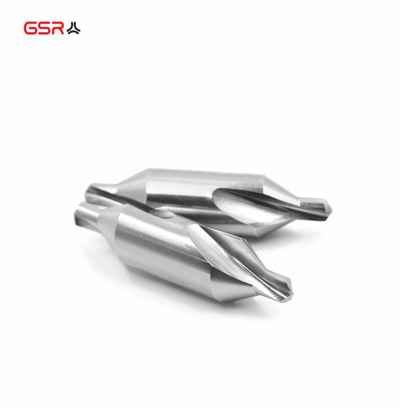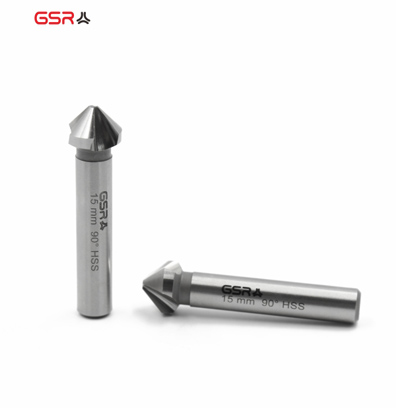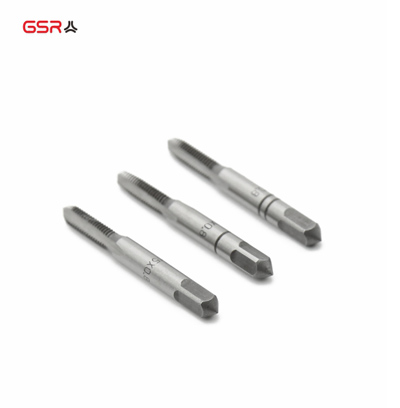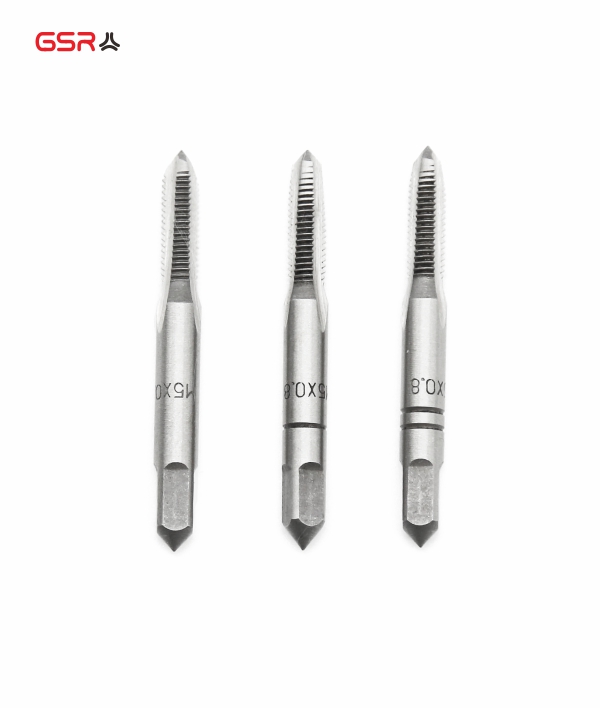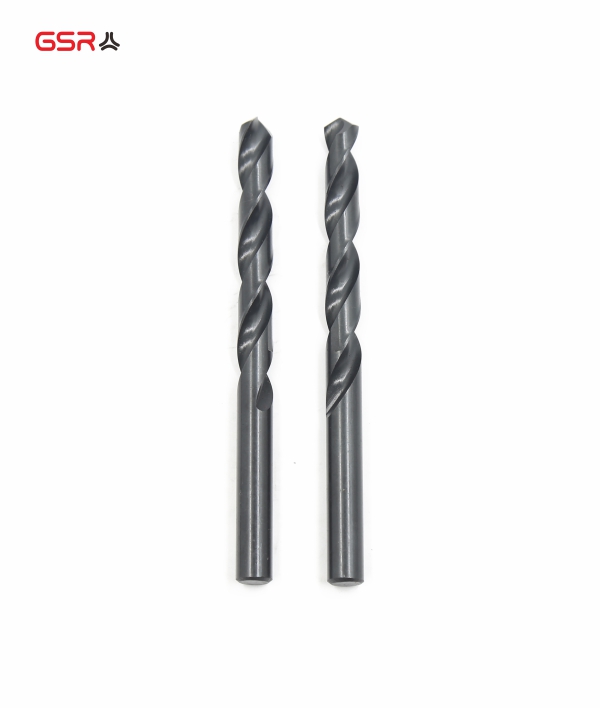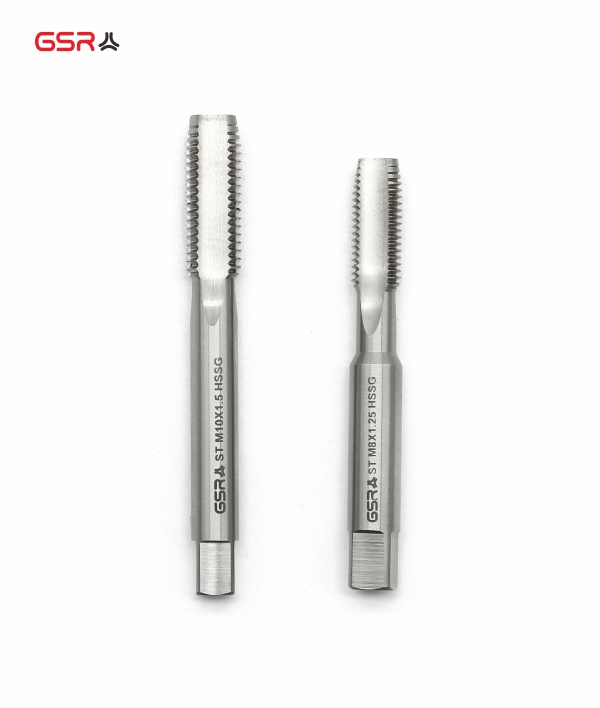Different Types of Hole Making Tools
Hole making tools are essential in various industries and applications for creating holes in materials such as metal, wood, plastic, and more. There are several types of hole making tools, each designed for specific purposes. Here are some of the different types:
1. Drill Bits:
Twist Drill Bits: These are the most common type of drill bits and are used with electric drills. They have a twisted design that allows them to cut into materials while removing chips.
Step Drill Bits: These have multiple stepped diameters and are used to create holes of varying sizes in a single step.
Spade (Paddle) Bits: These have a flat, paddle-like shape with a center point. They are used for drilling larger holes in wood.
Forstner Bits: Designed for woodworking, these bits create clean, flat-bottomed holes with minimal splintering.
Masonry Drill Bits: These are used for drilling into materials like concrete, brick, and stone. They often have carbide tips for increased durability.
Hole Saw Bits: Consisting of a circular saw blade with a center bit, these are used for cutting larger holes in materials like wood and metal.
2. Countersinks and Counterbores:
Countersinks: These tools create a conical recess in a material's surface to accommodate screw heads, ensuring they are flush with the surface.
Counterbores: Similar to countersinks, counterbores create a flat-bottomed recess to allow bolts or nuts to be flush with the surface.
3. Reamers:
Hand Reamers: Used to enlarge and finish existing holes to precise dimensions.
Machine Reamers: Designed for use with drill presses or machine tools for high-precision hole sizing and finishing.
4. Taps and Dies:
Taps: Used for threading holes, taps cut threads into a drilled hole to accommodate screws or bolts.
Dies: Used to cut external threads on rods or bolts.
5. Boring Tools:
Boring Bars: These tools are used in machining to enlarge existing holes accurately.
Boring Heads: Often used in milling machines, they allow for precision adjustments to create larger holes.
6. Punches:
Center Punches: Used to create an indentation as a starting point for drilling.
Pin Punches: Used to drive pins out of holes.
7. Augers:
Hand Augers: Manual tools used for boring holes in wood.
Auger Bits: Designed for power drills and have a spiral shape for efficient wood drilling.
8. Hole Cutters:
Annular Cutters: Used to create large-diameter holes in metal, especially for applications like pipe installation.
Tube Cutters: Used to cut holes in tubing, often for plumbing or electrical work.
9. Router Bits:
Straight Router Bits: Used in routers for cutting straight lines, dadoes, and grooves.
Profile Router Bits: Used for decorative edging and intricate profiles.
These are just a few examples of the many hole making tools available for various applications. The choice of tool depends on factors such as the material being worked on, the size of the hole, the required precision, and the type of machinery available. Always follow proper safety procedures and guidelines when using hole making tools.






